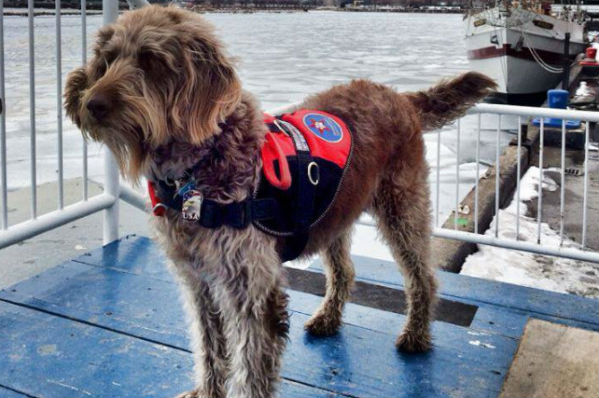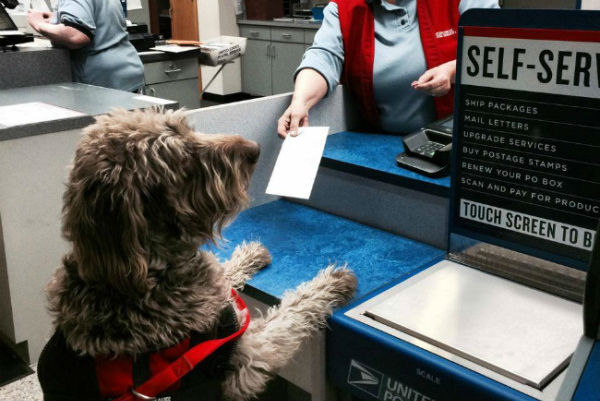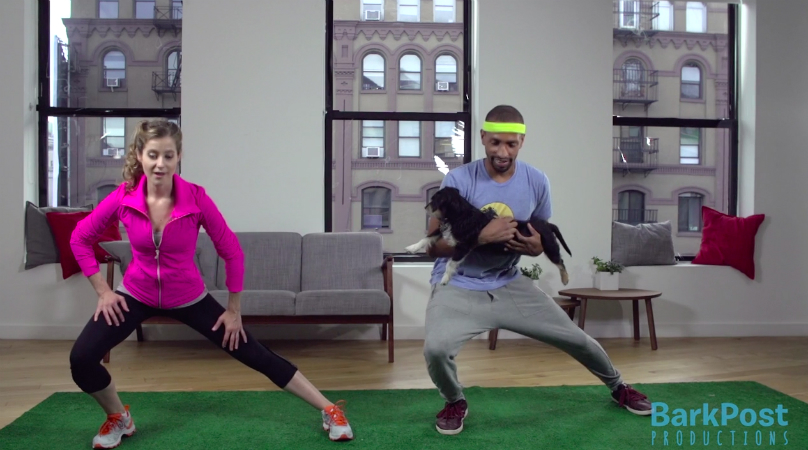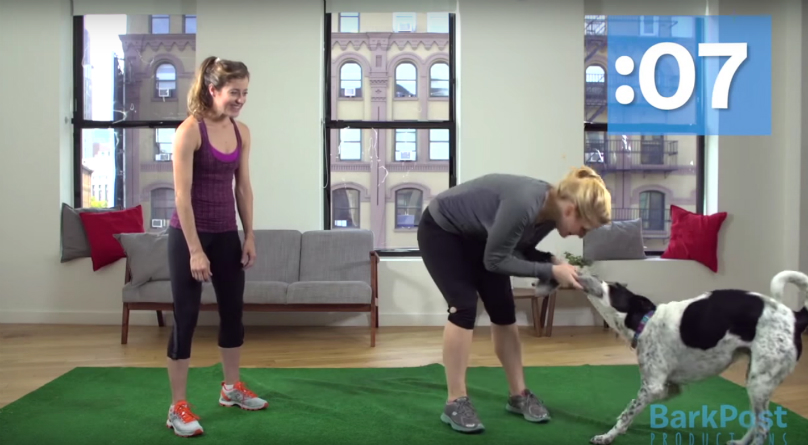It’s unbelievable and more than a little bit shocking that people using wheelchairs, crutches, and service dogs to aid a disability, among other things, still receive comments from uninformed individuals about not “looking” disabled. Oftentimes a particular disability won’t be visible — the person could have seizures or diabetes, and rely on their service dogs to alert them when they need to get to a safe place.
According to Lon Hodge, a suicide prevention advocate and army veteran recovering from PTSD, “People forget because he’s a dog, but they need to understand that as my service dog, Gander is as much a medical necessity as a crutch or wheelchair,” and unfortunately, people don’t always see that immediately.
Many folks think a service dog should be easy to spot because they are guiding a blind person, but pups are so doggone smart and helpful that there are over a dozen kinds of service dogs: diabetic alert dogs, seizure assistance dogs, psychiatric service dogs, autism assistance dogs, and more. This wide variety of service dog specialization can make them harder to identify because not all of the dogs will necessarily have distinguishing gear and not all owners’ disabilities will be obviously perceptible.
This the case with Lon and his beloved service pup, Gander, but Lon understands that the main reason for ruff interactions is lack of awareness. Many people don’t understand the differences in the jobs and rights of service dogs as compared to therapy or emotional support dogs.
Service dogs are legally defined, highly trained pups who perform tasks to meet the physical or psychiatric needs of their partner with disabilities, whereas emotional support dogs do not necessarily need to undergo training to provide emotional comfort to their companions. Therapy dogs are also trained but work with their handlers to provide services to others. Service dogs are the only ones granted rights under the Americans with Disabilities Act.
If you’re unsure about whether that cute pooch in the coffee shop is a service dog or not, the best thing to do is politely ask. Lon advises people to put themselves in the other person’s shoes, “Know that the questions you ask of me are probably the same questions I answer all day long, all week long . Please be understanding. If you’d like to interact with Gander, just ask permission first. He is a dog, but he is at work.”
Lon and Gander strive to be pawsitive educational ambassadors for service dogs on multiple levels: Lon carries a Gander FAQ card at all times to help inform people and nip discrimination in the bud, and the pair travel as advocates for suicide prevention for PTSD sufferers. Having firsthand experience, Lon feels it’s his duty to spread the word to others about the life-changing effects dogs can have on people.
He has curated In Dogs We Trust, a beautiful collection of inspiring stories celebrating the bond between people and dogs. All of the authors (many of them New York Times best-sellers) donated their work and all proceeds will go directly to rescue, Veteran, and service dog charities.
High paws to Lon and Gander for the incredible work they do. If you’d like to follow their adventures, check out Gander’s Facebook Page and The Veteran Traveler, where you can purchase In Dogs We Trust.










